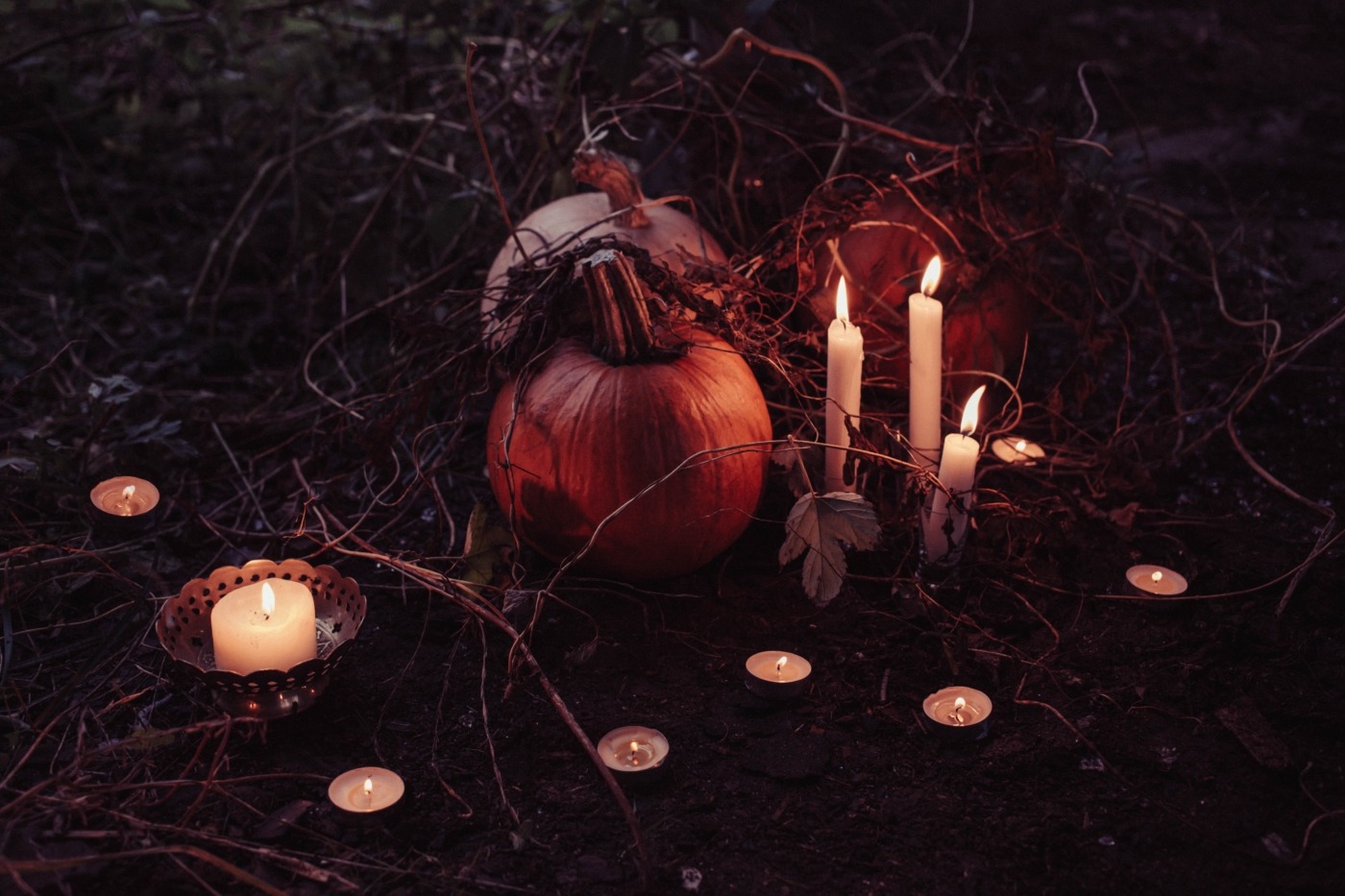How to have an eco-friendly Halloween
It’s that time of year again. Across the country, people are beginning to prepare for their spooky celebrations: stocking up on sweets, carving pumpkins, planning costumes, and generating over 2,000 tonnes of plastic waste in the process.
That’s right. These days, the scariest thing about Halloween might just be its impact on our planet.
The biggest source of waste and carbon emissions associated with Halloween are from the costumes. An estimated 35 million people dress up for Halloween in the UK, but 4 out of 10 of those outfits are worn only once, with an estimated 7 million costumes ending up in landfill each year. Even worse, nearly 85% of the materials in these costumes are non-renewable, oil-based plastics. That’s equivalent to 83 million Coca Cola bottles!
But the environmental terror doesn’t stop there. The actual ‘plastic footprint’ of Halloween is much larger once things like toys, decorations, and food packaging are also taken into account.
The scariest thing about Halloween might just be its impact on our planet
Even the humble activity of pumpkin carving can present a potential ecological hazard. Of the nearly 10 million pumpkins bought at Halloween each year, 60% end up in the bin come November. That’s equivalent to 18,000 tonnes of edible pumpkin! Once they’re in the landfill, pumpkins will release methane as part of their decomposition process: a greenhouse gas with more than 20 times the warming effect of carbon dioxide.
If you’re a conscious consumer, the sheer amount of waste associated with this single holiday weekend might scare you off celebrating. But fear not, the spooky season can still be your favourite if you follow these simple tips to green your Halloween.
Instead of buying a pre-made costume, consider reusing one from previous years or making an outfit up from items you already own. Alternatively, you could host a costume swap with friends, or check out your local charity shops. At this time of year, most will have a section dedicated to donated Halloween materials, at a fraction of the cost of supermarkets!
If you absolutely do have to buy something new (last-minute shoppers, I’m looking at you), then try and make sure it’s something you’ll reuse, or can donate once you’re finished with it.
Like costumes, most Halloween decorations are plastic and only used once. Similarly, the easiest way to reduce your impact in this area is to get crafty and use things you already have around the house.
Those holey old tights at the back of your sock drawer? Combine them with some cotton wool and they’ll make a great spider web! Cardboard boxes lying around? Make your own tombstones or skeletons! Old bed sheet? Make a ghost! The possibilities are truly endless, so do the planet a favour and let your creative juices flow.
The spooky season can still be your favourite if you follow these simple tips to green your Halloween
Sweets are a massive part of Halloween, especially for kids. But there are ways to reduce waste and environmental impact with these too, as well as making them healthier.
Firstly, rather than buying lots of plastic-covered treats, you could try making your own. Toffee apples can be found wrapped in cellophane in most supermarkets, but they can be quickly and cheaply made at home, and then served packing-free to trick o’ treaters on a plate. Alternatively, you could bake up these Halloween brownies or treat-tacular cookies.
For those who don’t have the time to bake their own, try and shop for local or low-plastic treats to reduce the carbon and plastic footprints of your Halloween. Smarties and M&Ms are both plastic-free, or else you could buy a big tub of penny sweets and hand them out in paper bags.
Pumpkins might seem innocent amid all the plastic waste generated by Halloween costumes and sweets, but there are still steps you should take to ensure your jack o’lantern fulfils its green credentials.
Try buying from a local farm or market, to reduce the transport emissions of your pumpkin, and always ensure you light your lantern with renewable beeswax or soy-based candles. Furthermore, to help reduce the monstrous amount of food waste Halloween pumpkins produce, try using the carved-out flesh in soup, American-style pumpkin pie, or even brownies. The seeds are also edible and can be roasted into a tasty snack or incorporated into granola bars.
Once your pumpkin is ready for retirement, compost it at home wherever possible to help prevent harmful methane emissions. If your student house doesn’t have a compost bin, you can try composting at a community garden like this one in Leamington.
Using these helpful tips, it’s more than possible to reduce your impact on the environment this October!

Comments